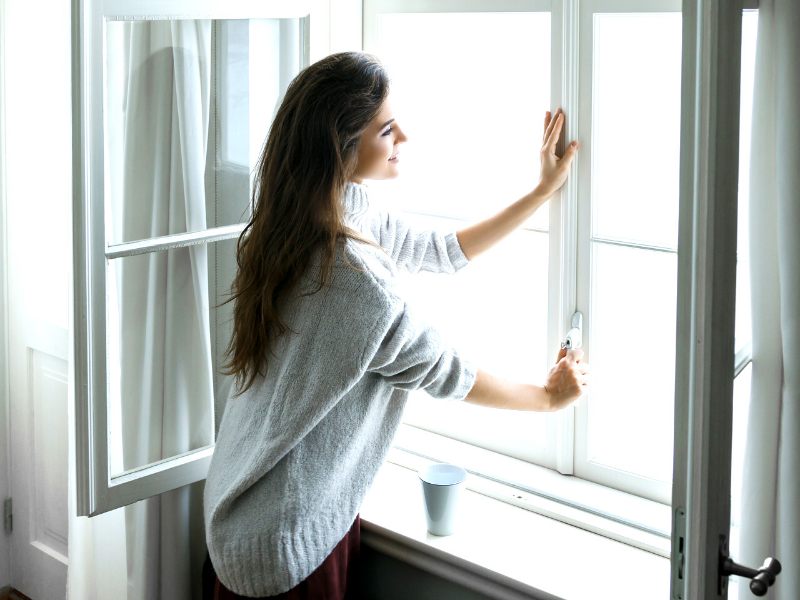Hosting for the Holidays

Image source: Shutterstock
Whether you’re planning on having visitors fill your home with holiday cheer or keeping the holiday celebrations to a minimum, there are steps you can take to reduce the stresses of gatherings during the COVID-19 pandemic. Many homeowners have become accustomed to applying the following principles to their at-home lifestyles thus far this year, and this holiday season is no different.
Disinfect
The first step in getting your home ready for the holidays is to disinfect. When preparing to host, it’s natural to tidy up your home and give everything a cleanse with soap and water. However, additional measures need to be taken this year to reduce the risk of spreading germs.
- Proper disinfectants: The CDC (Centers for Disease Control and Prevention) recommends a 70% alcohol solution—or four teaspoons of bleach per quart of water—for reducing the chance of spreading COVID-19. Be sure to ventilate your home as you prepare to disinfect to avoid any harmful effects of toxins. After applying the bleach solution, let it stand for up to ten minutes before wiping it off.
- Surfaces: The most problematic surfaces for germs are high-touch areas. Doorknobs, banisters, toilets, sinks, refrigerator and door handles, light switches, and faucets are all likely candidates for spreading germs, so be sure to direct your disinfecting attention there.
- Your guests: In any event itinerary or reminders you send out, make sure to emphasize the importance of frequent hand washing, especially before and after touching communal items and eating. On the day your visitors come over, provide plenty of disposable towels and hand sanitizer in eating areas, food-prepping stations, and bathrooms. Place garbage cans nearby to reduce contact.
Keep a Distance
As the host, you have the opportunity to create a cozy, comfortable environment that still leaves room for practicing social distancing and other preventative measures. Know that indoor gatherings with poor ventilation pose a greater risk than those with good ventilation and that indoor gatherings are altogether more risky than outdoor. Members of different households should remain six feet apart to reduce the chance of spreading infection. Encourage masks to be worn at all times except when eating.
If you are planning an outdoor gathering, get creative with your lighting décor while adding some warmth for your guests. Space heaters, patio heaters, parasol heaters, and propane fireplaces have become more popular as homeowners look for ways to entertain safely and comfortably.
Virtual Gatherings
If in-person gatherings are too risky for you and your family, virtual gatherings are a way to celebrate with friends and extended family members while being apart. Here are some ideas for hosting virtually this holiday season:
- Choose fun activities for the group to share virtually. Arrange a time for a virtual gift exchange, sharing the gifts you’ve bought each other.
- Try a virtual recipe share with friends and family. Send out a recipe for everyone to enjoy and schedule a video call to share in the cooking process.
- Select a movie and showtime to have everyone settle in with their cup of hot cocoa or tea and enjoy a flick together.
No matter the size of the gathering in your home, these steps will help you navigate the stresses that come with hosting celebrations. For more information and advice for gatherings during what will be a unique holiday season, visit the CDC’s website here: CDC Guidelines for Holiday Celebrations
The post Hosting for the Holidays appeared first on Windermere Colorado REALTORS.











